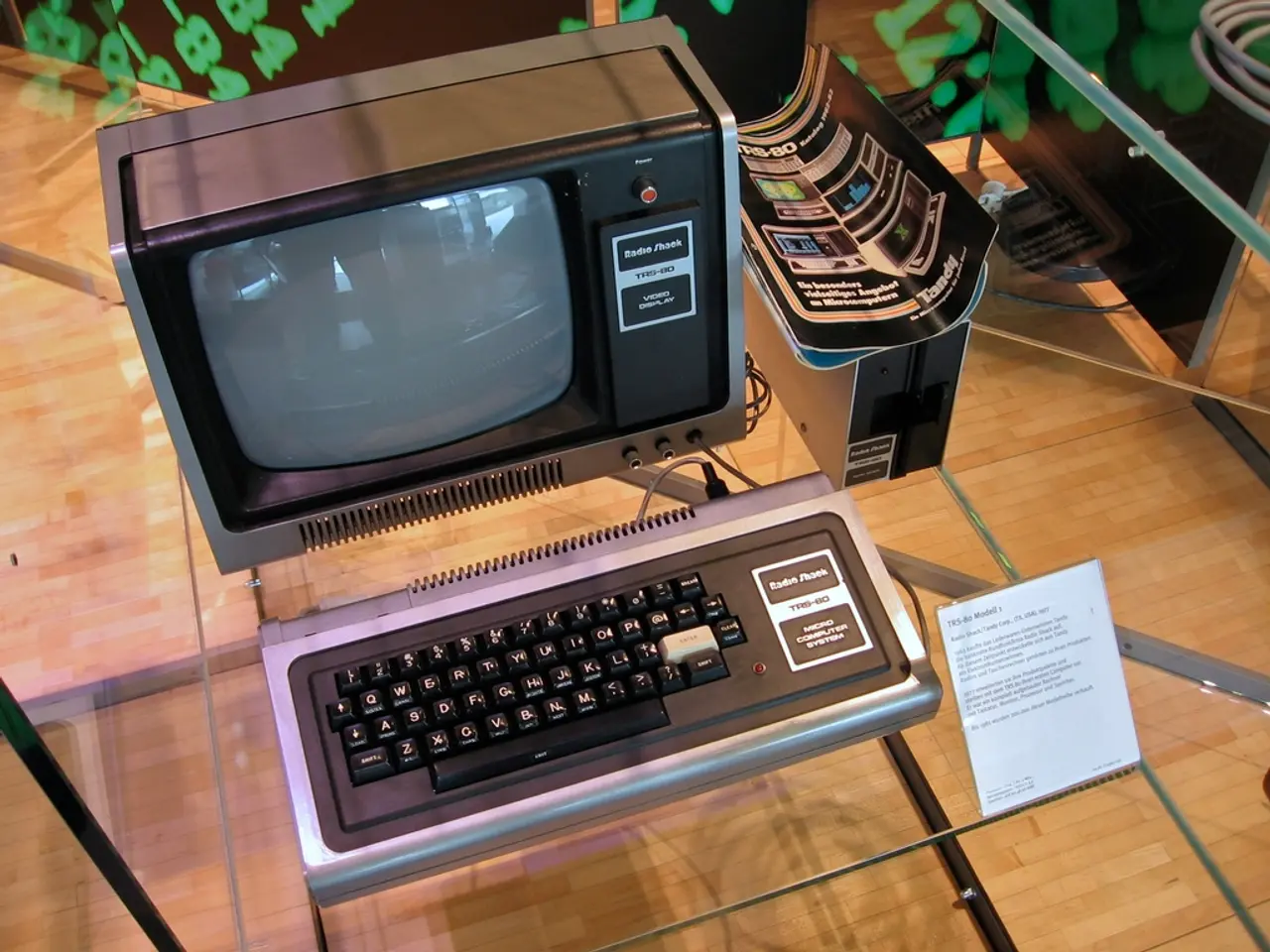Navigating CPUs, GPUs, NPUs, and TPUs: Simplified Insights into Processing Technologies
In the realm of modern technology, four key processors stand out for their unique roles and specializations: Central Processing Unit (CPU), Graphics Processing Unit (GPU), Neural Processing Unit (NPU), and Tensor Processing Unit (TPU). Each of these processors is designed to optimize performance and efficiency for specific computing tasks.
The General-Purpose Processor: CPU
The CPU, or Central Processing Unit, is a versatile processor designed for sequential processing. It excels in handling complex instructions and multi-threading, making it best suited for running operating systems, everyday software, and multitasking applications. Although CPUs provide flexibility, they lack efficiency in large parallel workloads due to their focus on single-threaded performance [1][2].
The Parallel Processor: GPU
The Graphics Processing Unit (GPU) works differently from a CPU, containing thousands of smaller, simpler cores that excel at tasks involving millions of similar mathematical calculations. This high-speed parallel processing makes GPUs ideal for workloads that can be highly parallelized, such as gaming graphics, video rendering, and increasingly, AI model training that benefits from parallel computation [1][2].
The AI Inference Accelerator: NPU
The Neural Processing Unit (NPU) is a hardware accelerator dedicated to efficient on-device AI inference. It is designed specifically to handle tensor computations and neural network operations using parallelism, pipelined execution, and low-precision arithmetic to maximize efficiency and speed with low power consumption. NPUs are increasingly integrated into smartphones, IoT devices, and robotics for tasks like voice recognition and real-time AI without relying on cloud processing [1][3].
The Cloud AI Accelerator: TPU
The Tensor Processing Unit (TPU) is a cloud-centric AI accelerator developed by Google to optimize training and inference of deep learning models, particularly within the Google AI ecosystem. It is highly efficient at matrix multiplications and tensor operations, similar in spirit to NPUs but mainly deployed in data centers for large-scale AI model training and inference in the cloud environment.
Performance Comparison
- CPUs provide flexibility and are essential for diverse computing tasks but lack efficiency in large parallel workloads.
- GPUs boost performance where massive parallelism is possible, such as rendering or neural network training.
- NPUs deliver energy-efficient, real-time AI inference on low-power devices, enabling edge AI without cloud dependency.
- TPUs accelerate cloud-based deep learning by massively speeding up matrix operations and tensor computations, enabling faster AI development at scale [1][2][3].
Modern technology often sees these processors coexisting with overlapping roles. For example, Apple’s M-series chips integrate CPU, GPU, and NPU components to balance general computing, graphics, and AI workloads efficiently [1]. As AI becomes more pervasive, NPUs and TPUs have become crucial complements to traditional CPUs and GPUs for AI-specific acceleration both on-device and in the cloud.
Innovation in Processing Technology
The rise of artificial intelligence drives much of the innovation in processing technology. Companies like Intel, Google, and Amazon develop their own specialized processors to reduce dependence on external suppliers. Optical computing could revolutionize how processors handle certain calculations, using light instead of electricity for some operations. Quantum processing, while experimental, might solve certain problems exponentially faster than traditional processors.
The Future of Processing Technology
Custom silicon continues gaining popularity, with major technology companies designing their own processors. Google has plans for even more powerful TPUs coming in 2025 and beyond, including a system called Ironwood that will contain over 9,000 TPU chips working together. Neuromorphic computing attempts to create processors that work more like biological brains. The newest TPU generation, called Trillium, delivers performance that's several times faster than previous versions.
In conclusion, the CPU, GPU, NPU, and TPU each play a unique role in the world of computing, optimizing performance and efficiency for specific tasks. As AI continues to permeate our lives, the importance of these processors will only grow, driving innovation and the development of new technologies.
[1] https://www.anandtech.com/show/17144/the-tpu-tensor-processing-unit-a-deep-dive-into-googles-ai-chip [2] https://www.nvidia.com/en-us/data-center/tesla-t4/ [3] https://www.amd.com/en/products/professional-graphics/amd-radeon-pro-v620
Given the text above, here are two sentences that contain 'data-and-cloud-computing' and 'technology':
- The Tensor Processing Unit (TPU), a cloud-centric AI accelerator developed by Google, is highly efficient at matrix multiplications and tensor operations, making it suitable for optimizing training and inference of deep learning models, particularly within the Google AI ecosystem for data-and-cloud-computing applications.
- As AI becomes more pervasive, the importance of NPUs and TPUs for AI-specific acceleration both on-device and in the cloud, such as data-and-cloud-computing applications like voice recognition and real-time AI without relying on cloud processing, continues to grow.




